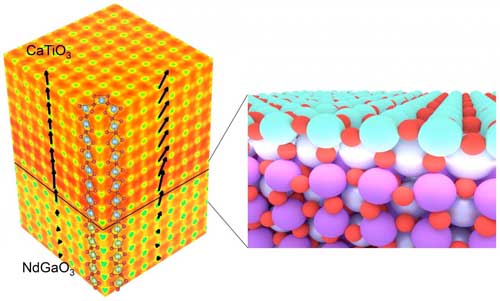 Scientists have, for the first time, visualized the 3D atomic and electron density structure of the most complex perovskite crystal structure system decoded to date.
Scientists have, for the first time, visualized the 3D atomic and electron density structure of the most complex perovskite crystal structure system decoded to date.
Dec 6th, 2018
Read more
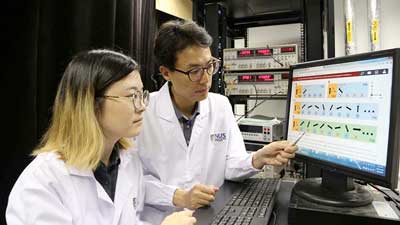 Researchers have discovered that using ferrimagnets can result in dramatically more stable and efficient spin-based memories.
Researchers have discovered that using ferrimagnets can result in dramatically more stable and efficient spin-based memories.
Dec 6th, 2018
Read more
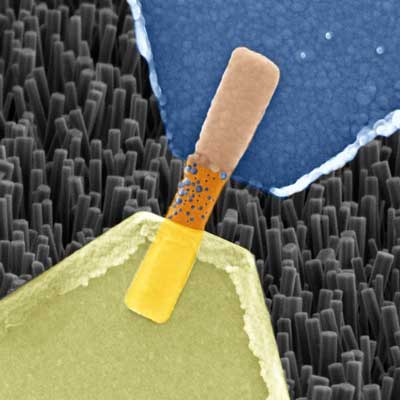 Scientists have produced a memristive element made from nanowires that functions in much the same way as a biological nerve cell. The component is able to both save and process information, as well as receive numerous signals in parallel.
Scientists have produced a memristive element made from nanowires that functions in much the same way as a biological nerve cell. The component is able to both save and process information, as well as receive numerous signals in parallel.
Dec 5th, 2018
Read more
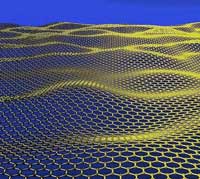 Graphene can determine whether cerebrospinal fluid comes from a person with ALS, MS or from someone without a neurodegenerative disease.
Graphene can determine whether cerebrospinal fluid comes from a person with ALS, MS or from someone without a neurodegenerative disease.
Dec 5th, 2018
Read more
 An newly developed x-ray imaging technique could help scientists understand--and ultimately control--the magnetic structure of promising materials for the development of electronic devices that exploit electron spin.
An newly developed x-ray imaging technique could help scientists understand--and ultimately control--the magnetic structure of promising materials for the development of electronic devices that exploit electron spin.
Dec 5th, 2018
Read more
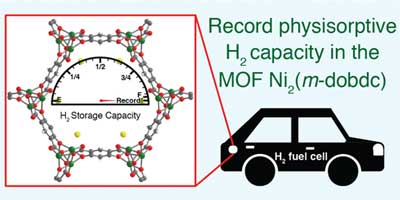 Researchers used metal-organic frameworks (MOFs) to set a new record for hydrogen storage capacity under normal operating conditions.
Researchers used metal-organic frameworks (MOFs) to set a new record for hydrogen storage capacity under normal operating conditions.
Dec 5th, 2018
Read more
 Scientists produce tough ceramic matrix composites that exhibit electrical conductivity and photocatalytic activity.
Scientists produce tough ceramic matrix composites that exhibit electrical conductivity and photocatalytic activity.
Dec 5th, 2018
Read more
 Using 'molecular containers' that encapsulate water-insoluble molecules, researchers developed a formation procedure for a nanographene adlayer, a layer that chemically interacts with the underlying substance, by just mixing the molecular containers and nanographene together in water.
Using 'molecular containers' that encapsulate water-insoluble molecules, researchers developed a formation procedure for a nanographene adlayer, a layer that chemically interacts with the underlying substance, by just mixing the molecular containers and nanographene together in water.
Dec 5th, 2018
Read more
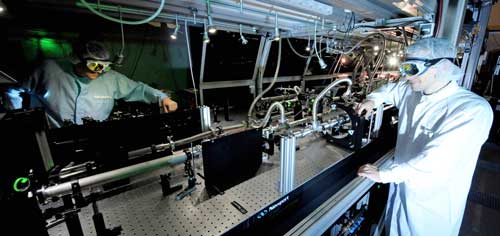 When a dense sheet of electrons is accelerated to almost the speed of light, it acts as a reflective surface. Such a 'plasma mirror' can be used to manipulate light.
When a dense sheet of electrons is accelerated to almost the speed of light, it acts as a reflective surface. Such a 'plasma mirror' can be used to manipulate light.
Dec 5th, 2018
Read more
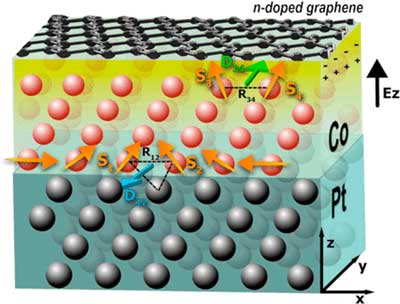 Scientists have discovered that the combination of graphene with cobalt offers very relevant properties in the field of magnetism. This breakthrough sets the stage for the development of new logic devices that can store large data amounts quickly and with reduced energy consumption.
Scientists have discovered that the combination of graphene with cobalt offers very relevant properties in the field of magnetism. This breakthrough sets the stage for the development of new logic devices that can store large data amounts quickly and with reduced energy consumption.
Dec 5th, 2018
Read more
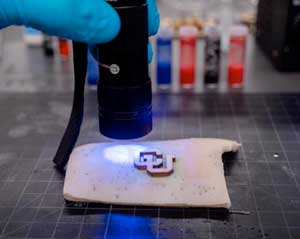 Are you running a fever? Need to reapply your sunscreen? Your tattoo may have the answer.
Are you running a fever? Need to reapply your sunscreen? Your tattoo may have the answer.
Dec 4th, 2018
Read more
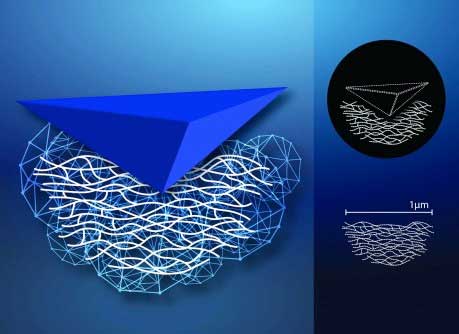 Researchers are investigating the mechanical properties or aerogels at the nanoparticle level - combining experiments and computer modeling to look at how polymeric aerogels can fail and become deformed. By crushing and indenting aerogels, they gained a better grasp on the gels' properties.
Researchers are investigating the mechanical properties or aerogels at the nanoparticle level - combining experiments and computer modeling to look at how polymeric aerogels can fail and become deformed. By crushing and indenting aerogels, they gained a better grasp on the gels' properties.
Dec 4th, 2018
Read more
 Novel liquid crystal material can be programmed to move in three dimensions, opening up new possibilities for microfabrication.
Novel liquid crystal material can be programmed to move in three dimensions, opening up new possibilities for microfabrication.
Dec 4th, 2018
Read more
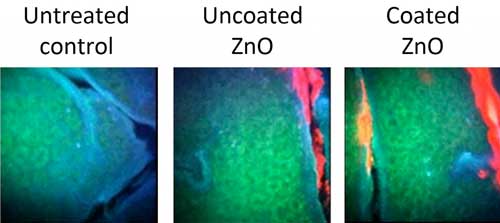 New risk assessment may help allay safety concerns.
New risk assessment may help allay safety concerns.
Dec 4th, 2018
Read more
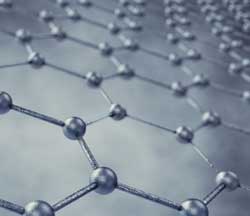 Approach offers high sensitivity for detecting gases, chemicals and pathogens.
Approach offers high sensitivity for detecting gases, chemicals and pathogens.
Dec 4th, 2018
Read more
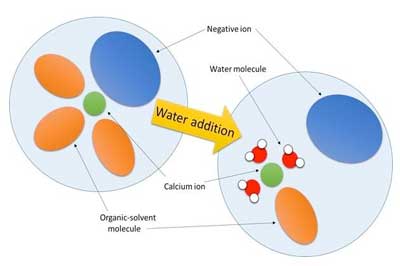 Researchers report that adding water into electrolyte improves the function of vanadium oxide, which is one of positive electrode material in calcium-ion batteries.
Researchers report that adding water into electrolyte improves the function of vanadium oxide, which is one of positive electrode material in calcium-ion batteries.
Dec 4th, 2018
Read more
 Scientists have, for the first time, visualized the 3D atomic and electron density structure of the most complex perovskite crystal structure system decoded to date.
Scientists have, for the first time, visualized the 3D atomic and electron density structure of the most complex perovskite crystal structure system decoded to date.















 Subscribe to our Nanotechnology News feed
Subscribe to our Nanotechnology News feed